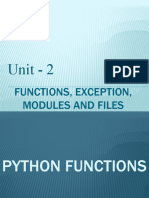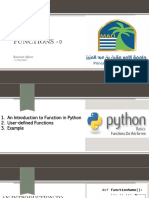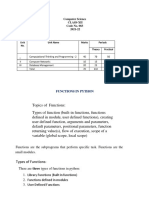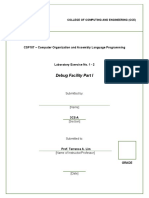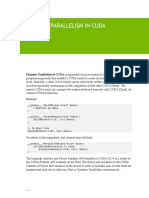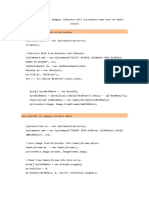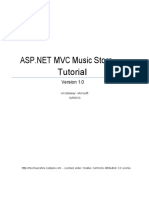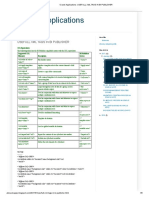0% found this document useful (0 votes)
97 views4 pagesUsing String Formatting Methods
The document discusses various string and function methods in Python. It describes string methods like .capitalize(), .lower(), .upper(), etc. that modify strings. Boolean string tests like .isalpha() and .isdigit() are also covered. User-defined and built-in functions are explained, with print() used as an example. Key aspects of defining functions like parameters, return values, and scope are summarized.
Uploaded by
sumitCopyright
© © All Rights Reserved
We take content rights seriously. If you suspect this is your content, claim it here.
Available Formats
Download as DOCX, PDF, TXT or read online on Scribd
0% found this document useful (0 votes)
97 views4 pagesUsing String Formatting Methods
The document discusses various string and function methods in Python. It describes string methods like .capitalize(), .lower(), .upper(), etc. that modify strings. Boolean string tests like .isalpha() and .isdigit() are also covered. User-defined and built-in functions are explained, with print() used as an example. Key aspects of defining functions like parameters, return values, and scope are summarized.
Uploaded by
sumitCopyright
© © All Rights Reserved
We take content rights seriously. If you suspect this is your content, claim it here.
Available Formats
Download as DOCX, PDF, TXT or read online on Scribd
/ 4





